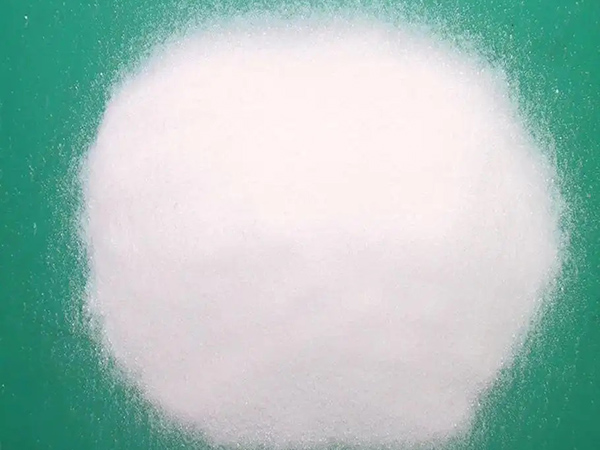CAS 87-69-4 L-Tartaric Acid
CAS 87-69-4 L-Tartaric Acid
Food Grade Natural CAS 87-69-4 L-Tartaric acid
Product Name | L-tartaric Acid |
Assay | HPLC 99% |
Appearance | White Powder |
CAS NO | 87-69-4 |
Molecular Formula | C4H6O6 |
Molecular Weight | 150.09 |
Boiling Point | 191.59°C |
Melting Point | 170-172 °C |
L-Tartaric acid Application
L-tartaric acid is a white crystalline organic acid that occurs naturally in many plants, most notably in grapes. Its salt, potassium bitartrate, commonly known as cream of tartar, develops naturally in the process of winemaking. It is commonly mixed with sodium bicarbonate and is sold as baking powder used as a leavening agent in food preparation. The acid itself is added to foods as an antioxidant and to impart its distinctive sour taste.
L-Tartaric Acid function
1) L-Tartaric Acid is widely present in fruits, especially grapes. L-Tartaric Acid is the cheapest of the optical activity of
tartaric
acid, L-Tartaric Acid is often referred to as "natural tartaric acid."
2)Industry, L-Tartaric Acid are still the main or
even sole source of
natural products. Wine industry by-products of tartar, acid treatment
can be obtained by L-Tartaric Acid. Italy is the worlds L-Tartaric Acid
largest producer of this wine made with the size of the country are not
unrelated.
3)L-Tartaric Acid maximum use of the beverage additive.
Then the drug industry raw materials. In modern organic synthesis is
very important chiral ligands and hand temper, L-Tartaric Acid used to
produce many well-known chiral catalysts, and E334 as a chiral source to
synthesize complex natural product molecules. L-Tartaric Acid is also
an antioxidant, has been applied in the food industry.
L-Tartaric Acid Application
package and shipping
[Storage] Stored in a clean, cool and dry area; keep away from strong, direct light.
[Shelf Life] 2 years when properly stored.
[Packing]
Inner double plastic bags--25kg/Fiber drum (35*35*53cm, GW: 28kg, NW: 25kg, 0.06CBM);
Inner double plastic bags--5kg/Aluminum foil bag (GW: 6.5kg, NW: 5kg);
Inner double plastic bags--1kg/Aluminum foil bag (GW: 1.5kg, NW: 1kg).
[Delivery] 5 working days after payment.
Shipping
1. Preferentially DHL or FedEx for quantity less than 50KG; Air shipping for 100KG above;
Sea shipping for quantity over 500KG.



